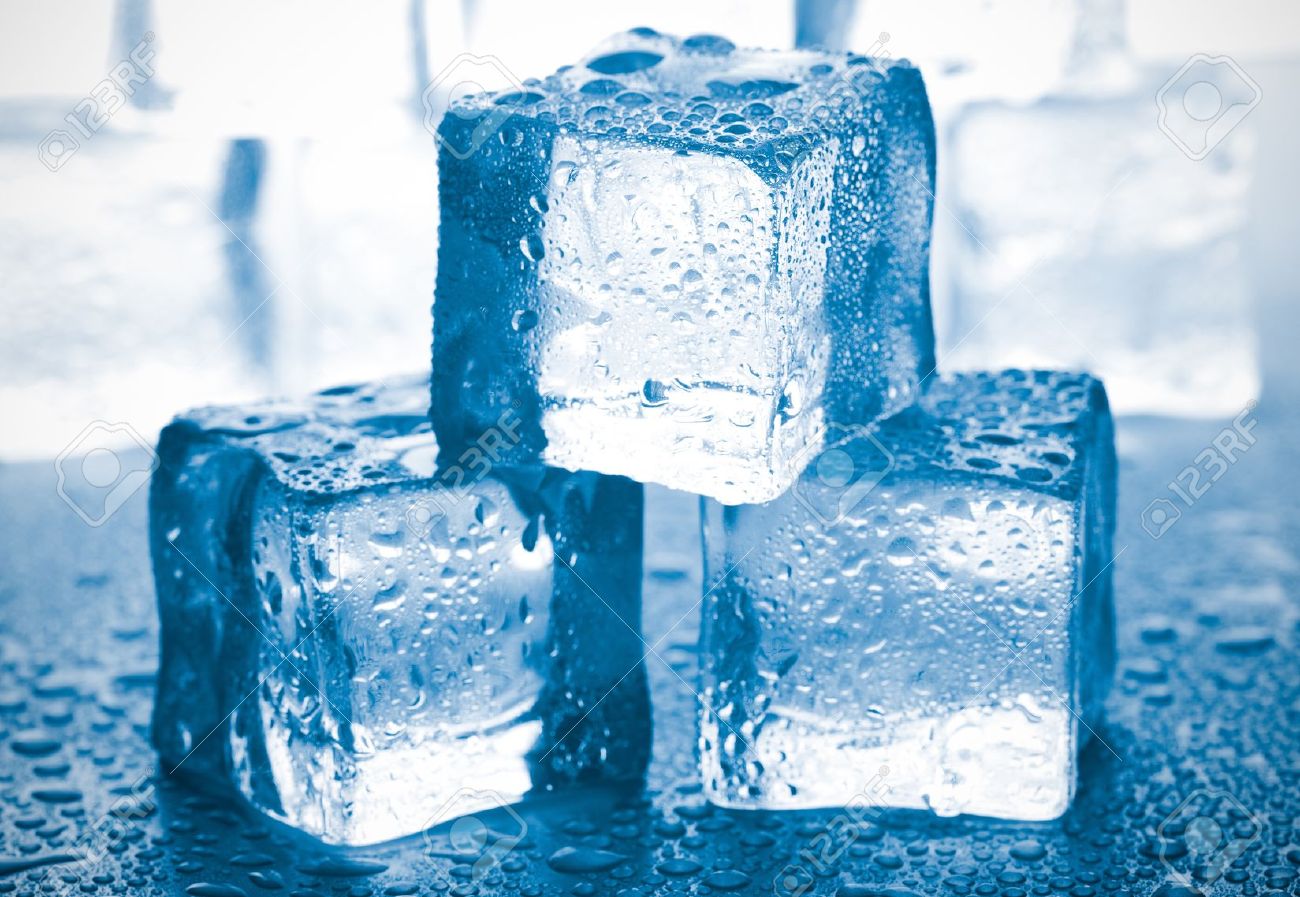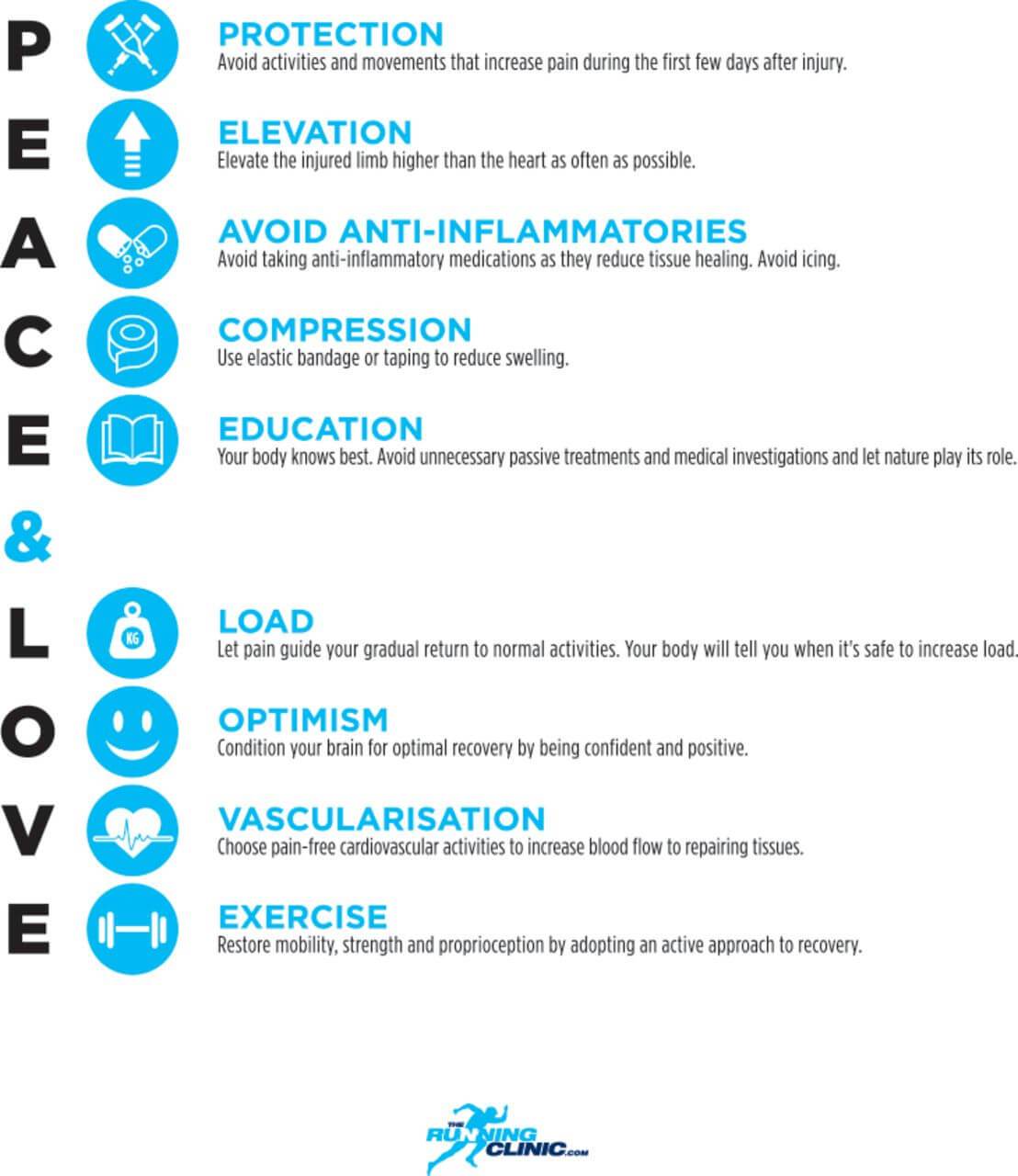Put it on Ice?
March 13, 2022

Put it on Ice?
ICE, RICE, PRICE, POLICE, PEACE & LOVE or UNLESS?
What am I talking about? Find out here. Maybe you have a suggestion to add to the list.
The RICE principle has transitioned from RICE to PRICE to POLICE to now PEACE & LOVE.
Rather than trying to describe it all in words, I’ve attached the source, a really short editorial piece explaining each of the letters of the acronym, PEACE and LOVE. Click here to read the article.
The greater question you may be wondering is:
So don’t I use rest, ice, compression and elevation the area after I hurt myself?
The answer is likely no, well to some degree! It appears that once we have ruled out anything requiring referral for emergency medicine (fracture, dislocation, etc), that we need to get rid of or decongest the area of injury by using the lymphatic system. The lymphatic system relies on the pumping of muscles and breathing to rid our system of the “rubbish” produced after injury. Therefore often early mobilisation of the area is helpful.
Ice itself though, was proposed for anti-inflammatory benefits. However, we need some inflammation for healing to occur. Ice can be useful for making the area feel better (see paper attached). Unfortunately the penetration of topical ice is unlikely to change the muscle temperature to accepted levels required to have a metabolic effect, hence it’s application remains mainly for pain relief. This can be provided in some ways more effectively though than by others (click here to read which ice application technique may be best).
Compression of the area may reduce swelling, but in many regions the compression created by adjacent muscle contraction can produce greater pressure differences than external compression. This is evidence to support the avoidance of absolute rest.
Elevation is good to do, but has relatively low evidence. It is normally recommended because it has low risk and some benefit. Often the combination of elevation with muscle contraction is the most effective means of reducing swelling.
Therefore a combination of two new acronyms has been proposed to optimize recovery.

Immediately after a soft tissue injury, do no harm and let PEACE guide your approach
After the first days have passed, soft tissues need LOVE
Someone also recently chimmed in with another acronym for treatment of these soft-tissue injuries. Here, is how it goes;
“Is it now UNLESS?
Well RICE was nice
and PEACE & LOVE suffice
but UNLESS you do your rehab well
you’re gunna pay the price…
Unload – first do no more harm
Nurture – let it heal with sensible time frames
Load – gradually load the area with suitable tasks
Exercise – maintain general exercise for fitness and stamina
Strengthen – ensure you regain adequate strength and endurance
Skill – proprioceptive and sports specific high level function”
What are your thoughts? Perhaps you could throw some suggestions our way for how it should go. What is for certain is the acronym of do no HARM after an injury. That means no Heat, Activity, Alcohol or Massage for the first 48-72 hours (keep in mind though, not complete rest J).
Compiled by: Scott Ward
References:
- Blaise Dubois et al. (2020). Soft tissue Injuries simply need PEACE & LOVE British Journal of Sports Medicine, 2020.
- Herrera et al (2010). Motor and sensory nerve conduction are affected differently by ice pack, ice massage, and cold water immersion. Hysical Therapy 90 (4): April 2010: 581-591.
- Caswell, D. The Prehab Guys. The truth about icing injuries. Cited 20th November 2020, https://theprehabguys.com/the-truth-about-icing-injuries/
